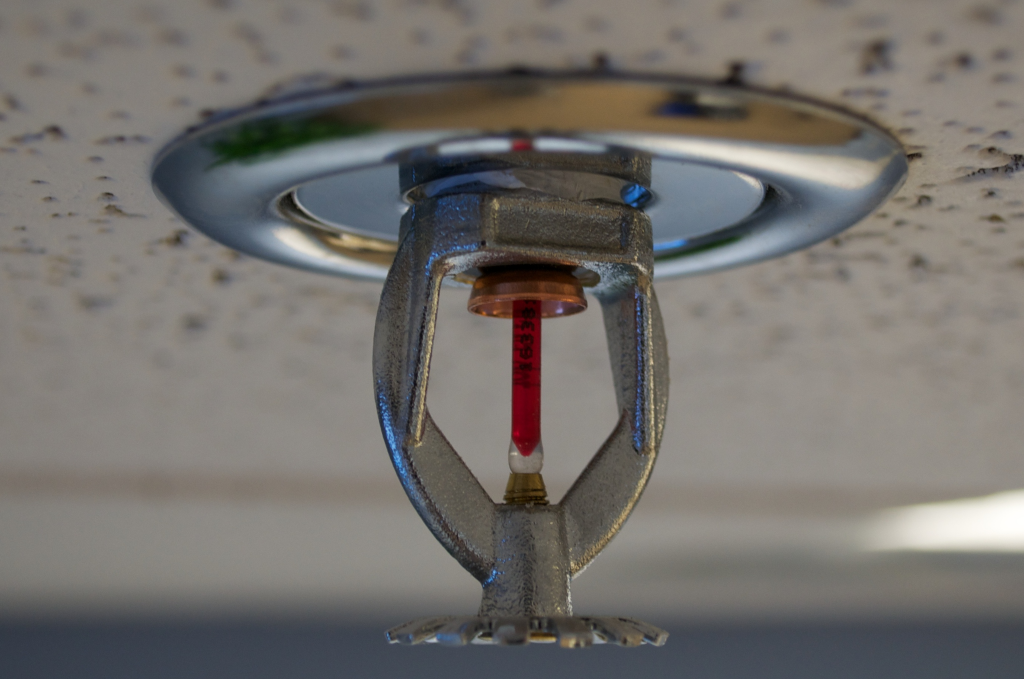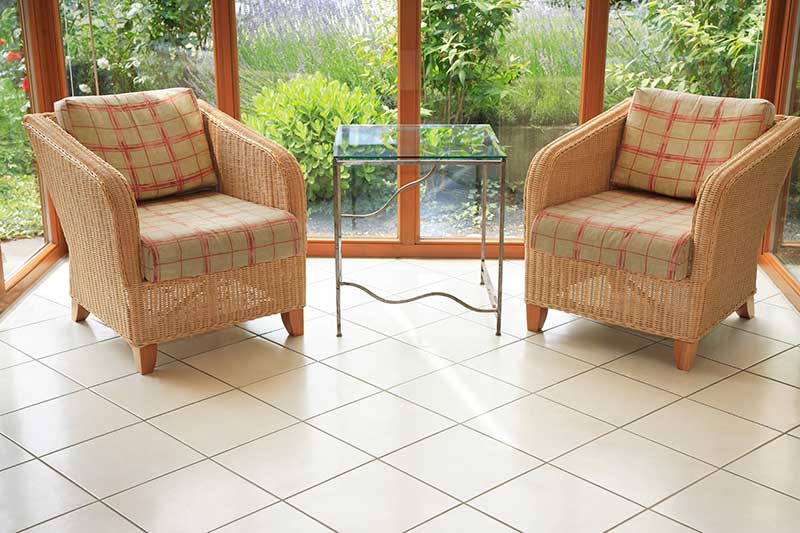Indoor sprinkler systems, aka fire sprinklers, are an incredible asset for homes and businesses. In the case of a fire, a single sprinkler head will spray between fifteen and twenty gallons of water each minute, and that one sprinkler head will put out the fire up to 90% of the time.
There’s a clear safety advantage to having an indoor sprinkler system, and some states are even beginning to require them in new home construction.
And despite many homeowners’ concerns, accidental sprinkler misfiring is really rare. Thanks to the rise in technological innovation, indoor sprinkler systems are incredibly reliable and simple to use, giving you the ability to set it and forget it.
Unless the temperatures drop below freezing, of course. The winter months present several new and potentially expensive issues that might wreak havoc on your home and wallet. One of the worst problems you can face is frozen pipes. If the pipes for your sprinkler system freeze, it could cause thousands of dollars worth of property damage.
Like any other piping system, you have to learn how to protect your indoor sprinkler system from freezing.
At What Temperature Does a Sprinkler System Freeze?
Before you can do anything to prevent your sprinkler system from freezing, you have to know the basics. You shouldn’t be stressed and worried about your pipes freezing when the temperature isn’t in the danger zone. A sprinkler system will freeze if the temperature falls below 32° F (0° Celsius).
Now, most indoor sprinkler systems are inside of buildings or homes where the temperature won’t ever drop into the danger zone. However, many fire sprinkler systems extend into the garage, attic, or other areas that might be more susceptible to changes in temperature.
The best way to know when your pipes are at risk is to keep an eye on the weather. Check regularly for the daily and weekly projected temperatures. You can even download phone apps that alert you when the temperature is expected to drop below freezing.
3 Critical Steps to Protect a Sprinkler System from Freezing
Don’t wait until the temperature drops below freezing before you start thinking about how to protect your sprinkler system. When water freezes, it will expand up to 9% greater than its original size.
Of course, you won’t really know if there’s an issue until the water starts to thaw, but at that point, it’s already too late. You must take the necessary steps to prevent your sprinkler system from freezing before anything disastrous happens.
Here are three critical steps to protect your sprinkler system from harsh winter weather.
1. Get Regular Maintenance
There are two types of indoor sprinkler systems: dry systems and wet systems. Both require regular servicing to make sure they’re functioning properly. It’s important to have them checked annually for optimum performance and freeze protection.
This is especially pertinent in dry systems because they aren’t full of water. Instead, the pipes are full of pressurized nitrogen or air that keeps water from entering the pipes unless there’s a fire. Now, you might think if there’s just air in there, then there’s no reason to worry about freezing. However, that’s not the case.
Condensation can form inside dry systems and freeze during low temperatures. Regular maintenance helps prevent this from happening. A maintenance professional will drain any standing condensation and ensure that that condensation flows to the low point drains so the risk of freezing is minimized.
2. Add a Pipe Freeze Protection System to Sprinkler Pipes
The most significant way to protect your sprinkler system is to install a pipe freeze protection system. It draws electricity from a standard outlet and is installed down the side of your pipes, strategically wrapped around the sprinkler system to provide an even distribution of radiant heating. In some cases, waterproof coverings are installed to insulate the pipe and prevent exposure to external condensation.
Warmup has self-regulating cables that monitor the ambient temperature and heats your pipes accordingly. That way, you won’t have to worry about freezing pipes or unnecessary heating. This is the most convenient, and easiest, way to prevent your sprinkler systems from freezing.
3. Add an Antifreeze Loop
With wet systems, many professionals avoid damages from freezing weather by adding antifreeze into the pipes. Antifreeze makes the freezing point much lower, which helps minimize the risk of damage.
However, don’t add antifreeze to your own system. A professional will need to take samples and make sure the proper concentration is achieved. Too much antifreeze can damage your pipes, and too little won’t be effective.
Stop Pipes from Freezing With a Self-Regulating Protection System
With decades of experience, Warmup is the leading provider of radiant heating products and self-regulating pipe protection systems worldwide, offering the most comprehensive warranties in the industry. Get a quote for protecting your sprinkler system today.






